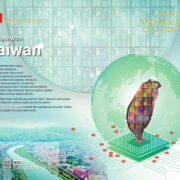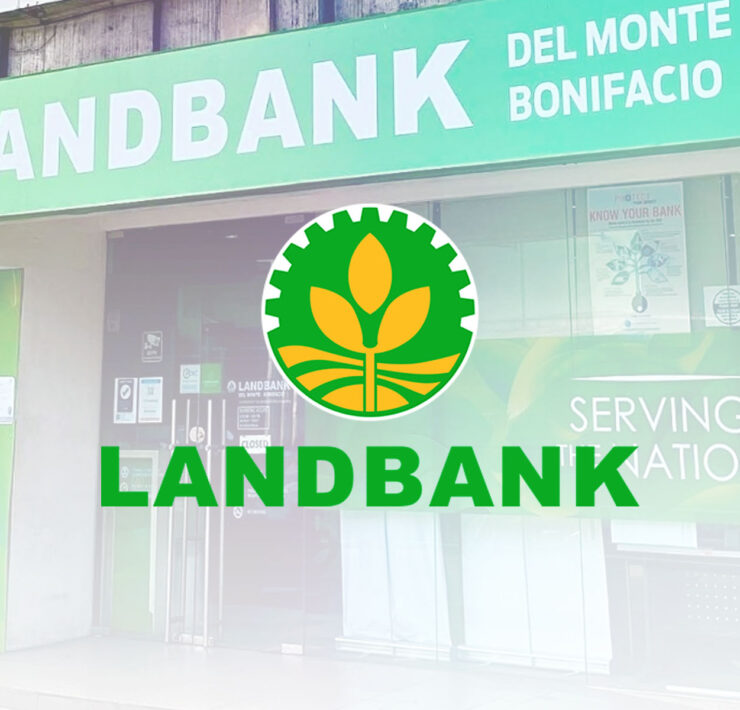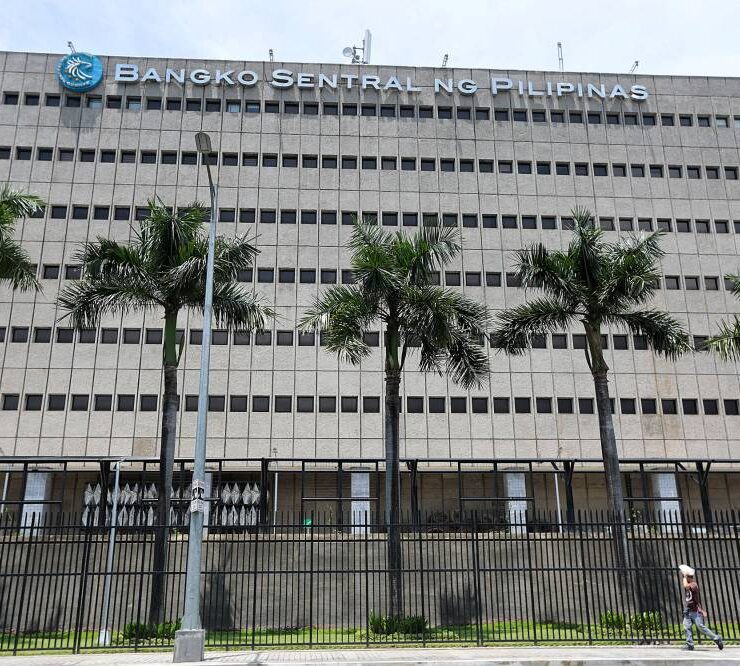Bad bank loans climbed to nine-month high in August

Bad loans in the Philippine banking system climbed to a nine-month high in August, as lenders—squeezed by narrower margins from falling interest rates—may have turned to riskier retail borrowers in search of higher returns.
Latest data from the Bangko Sentral ng Pilipinas showed that nonperforming loans (NPL), or debts overdue by at least 90 days and at risk of default, accounted for 3.50 percent of the industry’s total loan portfolio.
That marked the highest share since November 2024, when the NPL ratio stood at 3.54 percent.
In peso terms, some P550 billion of the sector’s P15.7-trillion loan book had soured in August—a 6-percent increase from a year earlier.
Banks responded by setting aside P519 billion in allowances against potential losses, putting the coverage ratio to 94.40 percent, although the lowest in nine months.
Analysts have said the increase in NPLs highlights the twin pressures facing banks: protecting margins in a low-rate environment while managing credit risks.
Last week, the BSP decided to cut the benchmark interest rate that banks use as a guide when pricing loans by a quarter point to 4.75 percent.
At a news conference, Governor Eli Remolona Jr. said the “sweet spot” for the policy rate was now between 4 and 5 percent, adding that the central bank still had room to ease further—possibly as soon as December.
Latest data showed consumer loans remained strong, growing 23.9 percent in August from a year earlier—slightly faster than July’s 23.6 percent.
The increase was driven by credit card, motor vehicle and salary-based loans.
That outpaced the 9.9-percent rise in business loans, a nine-month low, as corporate sentiment weakened amid persistent global trade uncertainties.
With lending to firms—which make up the bulk of big banks’ loan portfolios—losing steam, lenders have leaned more on the higher-yielding but riskier consumer segment to make up for the slack.
Sanjay Mathur, an economist at ANZ Research, said there were some “intriguing” trends in household borrowings.
“Households are borrowing for short term spending than asset creation. Households, as per consumer confidence surveys, are still concerned over long-term income growth that could be an outcome of trade tariffs, creation of lower paying jobs,” Mathur said in a recent email interview.
“Now, we are not saying that retail loans are growing at dangerous levels. Overall household lending growth is not particularly robust—the composition is more intriguing. As such household debt in the Philippines is quite low and therefore, not an area of concern,” he added.





















